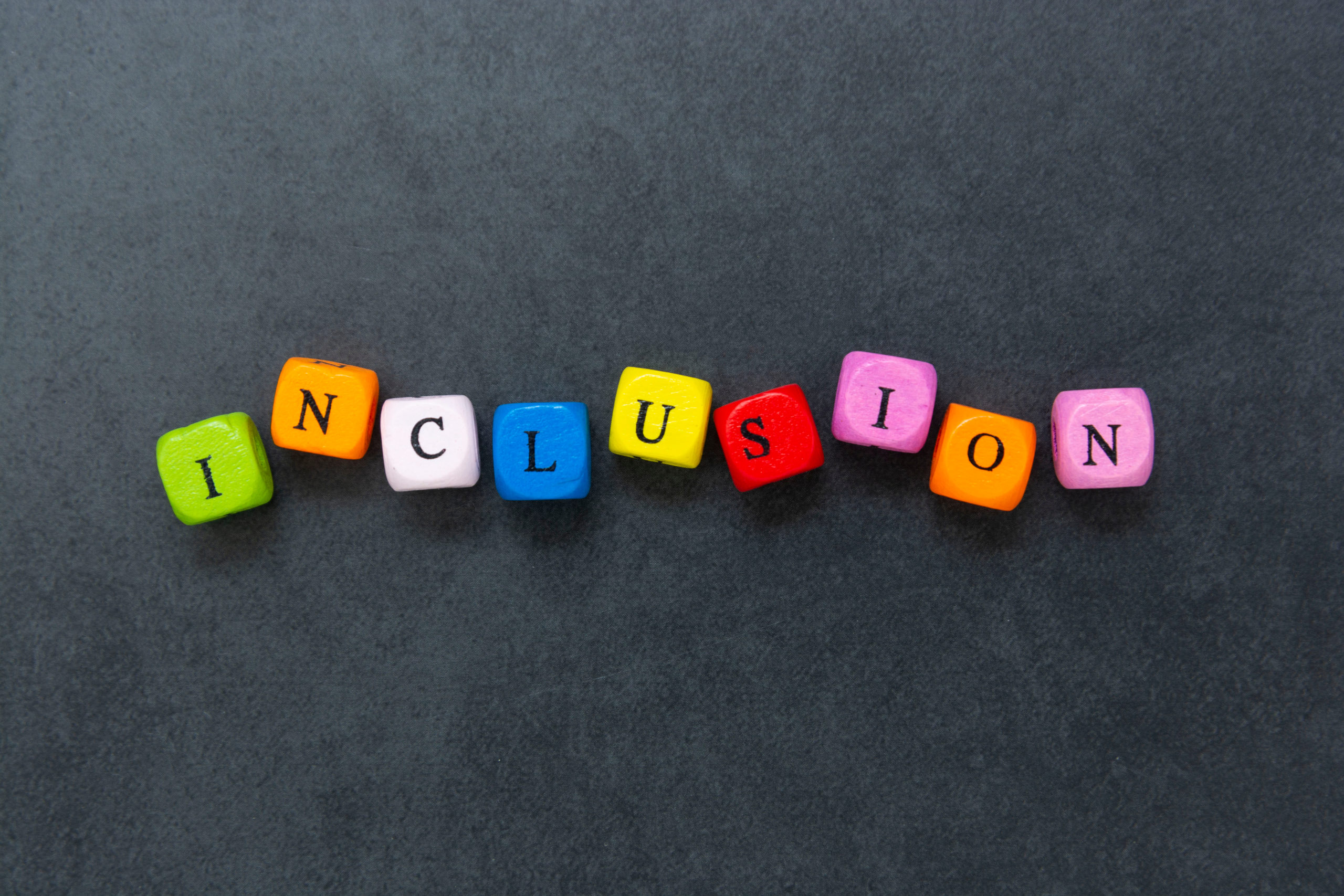Is Your Workplace Culture Broken? How to Diagnose and Rebuild It
Turnover is high. Trust is low. Teams are disconnected, and morale is slipping. That’s not just work fatigue. It’s a sign your culture may be silently failing. A broken workplace culture doesn’t just affect engagement. It damages productivity, retention, and brand reputation. And it won’t fix itself.
 Here’s how to diagnose the signs of a broken culture and rebuild intentionally using True Colors’ behavior-based framework.
Here’s how to diagnose the signs of a broken culture and rebuild intentionally using True Colors’ behavior-based framework.
How Can I Diagnose Workplace Culture Breakdown?
Most leaders wait too long to assess culture. Often, it takes performance problems or spikes in turnover to trigger action. But cultural breakdown leaves early clues. Start by examining:
- Engagement survey results: Declining scores in trust, communication, or belonging are early indicators.
- Absenteeism trends: Rising sick days and no-shows often reflect emotional disengagement.
- Conflict patterns: Frequent HR complaints or tension signal friction in values or communication.
- Exit feedback: Consistent reasons for leaving often reveal cultural gaps or leadership issues.
What Are the Signs of a Toxic Culture?
Some signs of culture failure are harder to see, but just as critical. Watch for these behaviors:
- Toxic language: Sarcasm, exclusionary jokes, or blame erode trust and open communication.
- Silence in meetings: A lack of participation often means people feel unsafe to speak up.
- High turnover in critical roles: If top talent leaves often, there’s likely a deeper issue.
- Team silos or finger-pointing: When collaboration breaks down, culture is already weakened.
How Do I Rebuild Culture After Turnover?
You can’t fix culture with an email. It requires leadership modeling, a shared framework, and consistent reinforcement. Start with these strategies:
- Lead by example: Senior leaders must demonstrate the values and behaviors they expect.
- Use a behavior-based framework: True Colors helps teams understand temperament, style, and communication preferences so they collaborate better and reduce conflict.
- Onboard with alignment: Equip new hires with tools to understand how the team works and how they can contribute from day one.
What Tools Help Culture Stick Over Time?
Culture is a system, not a slogan. It requires tools that reinforce behaviors long after the workshop ends. Use:
- Certification pathways: Train internal champions to model and reinforce values.
- Peer cohorts: Support learning communities that keep values active through real scenarios.
- Ongoing training through the True Colors’ system helps organizations scale culture initiatives and sustain change over time.
FAQs
- How do leaders shape culture?
By modeling behavior, setting expectations, and reinforcing values through consistent tools and communication. - How do I get employees to buy in?
Start with self-awareness. When individuals understand their own temperament and how it impacts others, they are more likely to engage in positive change. - How do I rebuild culture after turnover?
Reconnect people to purpose. Use transparent communication and reinforce shared expectations with a framework like True Colors to reestablish team trust.
Ready to Rebuild?
Culture does not fail overnight, and it does not rebuild without support. But with the right strategy and behavioral tools, your organization can restore trust, align values, and create a workplace where people thrive.
Next Step
Rebuilding culture takes more than good intentions; it takes data, alignment, and action. The True Colors Culture Clarity Assessment is a strategic starting point for leaders. It highlights where your culture is thriving, where it’s misaligned, and what’s being overlooked, so you can take focused action that moves the needle.
This isn’t an employee satisfaction survey. It’s a leadership reflection tool designed to help you see your culture clearly and lead it intentionally.




